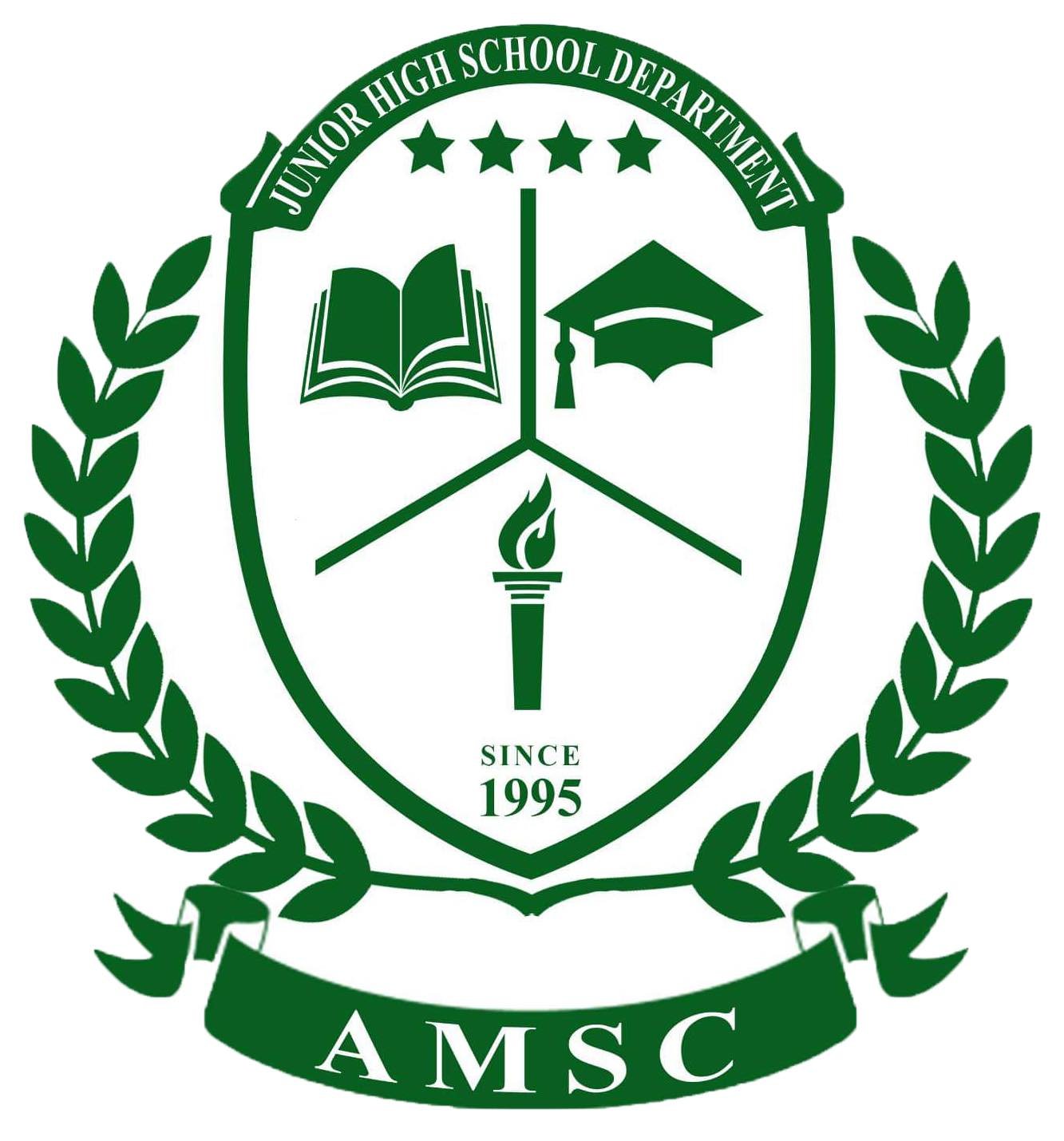Junior High School (JHS) typically refers to the educational level that encompasses Grades 7 to 10 in many educational systems. It is a crucial stage in a student's academic journey, serving as a bridge between elementary education and senior high school or other secondary education levels. The goals of Junior High School include providing a well-rounded education, preparing students for the challenges of higher-level studies, and developing foundational skills and knowledge.
Key Features of Junior High School:
-
Core Subjects: Students in Junior High School study a set of core subjects that form the foundation for their academic development. Common core subjects include English, Mathematics, Science, Social Studies, and Physical Education.
-
Specialization in Subjects: In some educational systems, students may begin to specialize in certain subjects or subject areas based on their interests and career aspirations. This specialization helps pave the way for more focused studies in senior high school and beyond.
-
Exploration of Electives: Junior High School often introduces students to a range of elective subjects, allowing them to explore areas of interest beyond the core curriculum. These electives may include music, arts, technology, and foreign languages.
-
Development of Critical Skills: The curriculum is designed to enhance students' critical thinking, problem-solving, communication, and collaboration skills. These skills are essential for success in higher education and in the workforce.
-
Preparation for Senior High School: Junior High School serves as a preparatory stage for Senior High School (Grades 11 and 12) or other secondary education levels. Students may have the opportunity to choose specific tracks or strands that align with their career goals and interests.
-
Character Education: Many Junior High School programs include character education and values formation, aiming to instill positive values, ethics, and responsible citizenship in students.
-
Assessment and Evaluation: Students undergo various assessments, quizzes, and examinations to measure their understanding of the subjects. These assessments help in tracking their academic progress and identifying areas for improvement.
-
Physical Education and Health: Physical education is often a part of the Junior High School curriculum, promoting physical fitness, wellness, and a healthy lifestyle. Health education may also be integrated to enhance students' awareness of health-related issues.
-
Career Guidance: Some educational systems incorporate career guidance programs to help students explore potential career paths, understand the requirements of different professions, and make informed decisions about their future.
-
Extracurricular Activities: Junior High School provides opportunities for students to participate in extracurricular activities such as sports, arts, clubs, and community service, fostering a holistic approach to education.
Transition to Senior High School:
Upon completion of Junior High School, students typically move on to Senior High School (SHS) where they may have the opportunity to choose specific tracks or strands, aligning with their interests and career goals. The completion of both Junior and Senior High School is often a prerequisite for higher education at colleges and universities.
Junior High School is a crucial period in a student's educational journey, laying the foundation for further studies and personal development. It plays a significant role in shaping students' academic interests, skills, and values, preparing them for the challenges and opportunities that lie ahead.

